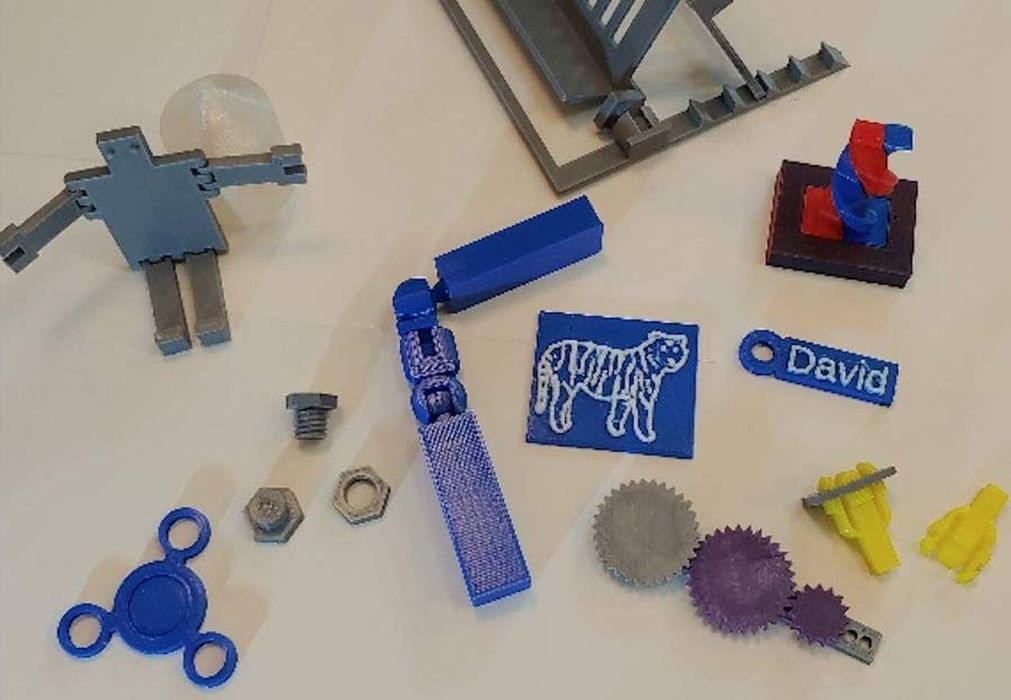
This week’s selection is “Creating 3D Models for 3D Printing Using OpenSCAD” by David Leithauser.
If you’re performing your own 3D modeling, you’re most likely using a visual CAD tool. Typical solid modeling tools involve extruding shapes, joining solids together and generating repeating patterns. It all takes place in front of your eyes as you build your 3D model.
That is not quite what happens in OpenSCAD, an open source 3D modeling tool. It’s available free to download, and is used by many.
In OpenSCAD, instead of dragging solids around in a visual manner, you use a specialized programming language to generate and manipulate solid objects. You get the same results, but using programming steps instead of visual activity. And yes, you can see the 3D solids generated by OpenSCAD; you just can’t touch them.
Why use this seemingly unintuitive approach for creating 3D models? There’s a one word answer: parametric. It turns out that the programming statements required for an OpenSCAD 3D model will use numerical inputs. For example, a statement generate a cylinder with radius 5. That “5” can later be easily changed to a “6”, instantly changing the geometry of the resulting solid. This makes OpenSCAD ideal for producing mechnical parts.
Do you have to be a programmer to use OpenSCAD. Not necessarily, but it certainly helps. You do need to understand the basics of step-by-step program execution, which most people can easily grasp.
There are plenty of highly detailed information sources on OpenSCAD, but for someone new to programming and 3D modeling it just might be too much learning overload.
That’s where this book comes in. It includes a straight-through trajectory of OpenSCAD basics, from creating basic shapes all the way up to designing simple machines.
Rather than drowning in concepts, the book takes you on a step-by-step journey through OpenSCAD, and focuses on the tools you need to use to get started, and form a solid base of OpenSCAD understanding.
From distorting objects, to 2D extrusion, to text handling, to duplications, the book gradually gets you up to the level where your OpenSCAD program can use actual mathematical equations to generate solid forms.
Finally, Leithauser shows you how to build a number of small OpenSCAD projects, including:
- Hinges
- Robot
- Rotator
- Cell phone stand
- Ball joint
- Fidget spinner
- Screw threads
- Snap ins
- Gears
- Hollowed objects
If you can handle those projects, you’re probably now skilled enough to handle almost anything in OpenSCAD.
If you’re interested in learning OpenSCAD from scratch without a background in programming, this could be the book for you.
We’re an Amazon Associate and earn a small fee from qualifying purchases. Help support our 3D print news service by checking out this book!
Via Amazon
